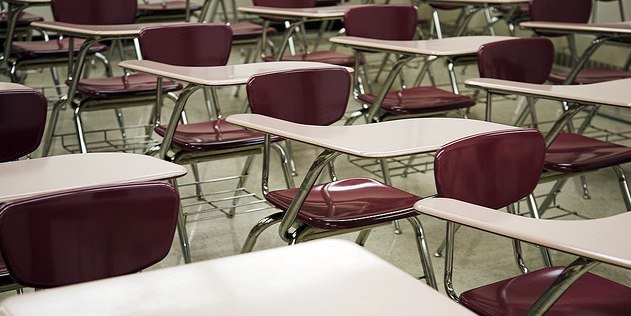Parents across Scotland can now see how well or badly their child’s school did in this year’s exams.
A comprehensive list of results and other important data was released this week by Scottish Schools Online. This allows parents to compare schools with their neighbours, see how individual schools have done over a three-year period and also find out how their local authority compares to the national average.
Official league tables have not been published in Scotland since 2003. Opponents argued they were too crude a measure of a school’s performance and did not capture the quality of its teaching and learning. The counter argument is that comparisons can help to drive up standards and make schools accountable.
This year saw rises in the number of Higher and Advanced Higher exams sat and improvements in pass rates, although pass rates for Standard Grades were static. All the results now available are pre-appeal, but they still give a substantially accurate picture.
Across Scotland, some 35% of fourth-year pupils passed five or more Standard Grades at credit level. In Courier country only Perth and Kinross beat the national average with a score of 38%.
Angus and Fife were a little down on 33% and 32% respectively, while Dundee was further back on 27%. The city has traditionally done relatively poorly compared to other local authorities, largely because of its persistent problems with deprivation.
It was a similar picture for Highers, with 12% of fifth-year pupils across Scotland passing at least five exams. Perth and Kinross again beat the national average on 14%, while Angus and Fife both scored 10% and Dundee was on 9%.
Within individual local authorities there is, of course, considerable variation between schools.
Performance will rise or fall from year to year depending on which group of children is being tested, but generally speaking the biggest single factor in a school’s results is how well off its catchment area is.
For example, Grove Academy in the upmarket Broughty Ferry area of Dundee has been recognised in recent years as one of the best state schools in Scotland. It has cemented its reputation, with 59% of its S4 pupils passing five or more Standard Grades at credit level and 28% of S5s passing at least five Highers.
By contrast, Braeview Academy which draws its pupils from the Whitfield housing estate saw only 11% of its S4s do as well at Standard Grade and it did not have any pupils who passed five or more Highers.
Another key measure that shows how the catchment area impacts on a school’s academic performance is the proportion of its pupils who are entitled to free meals. At Grove it is only 4.7% while at Braeview it is 27.6%.
It was a similar story in Fife, where Inverkeithing High had 46% of its S4s pass five or more Standard Grades at credit level and Madras College in St Andrews saw 21% of its S5s pass at least five Highers. Their free meal ratings were 12.3% and 10.1% respectively.
But at Kirkland High in Methil, 30.5% of pupils met the free meal criteria and only 10% of its S4s managed to pass at least five Standard Grades at credit level and none passed five or more Highers.
Reacting to the figures, Dundee’s education convener Liz Fordyce said: ”Results reflect the ongoing efforts in our schools by teachers and staff and through the education department to help improve attainment across the city.
”I am extremely aware that we cannot be complacent and I know that all involved in education are totally committed to our pupils and helping them to achieve further improvements in their exam results.”
Results in Angus showed rises in the proportion of S5 pupils passing one, three and five or more Highers the best results since 2006.
Education convener Peter Nield said: ”The SQA attainment for 2011 offers a pleasing picture overall that reflects well on the hard work of the young people in Angus who sat these exams and the commitment of their teachers. We will continue to build on this hard work.”
Photo by Flickr user dcjohn
